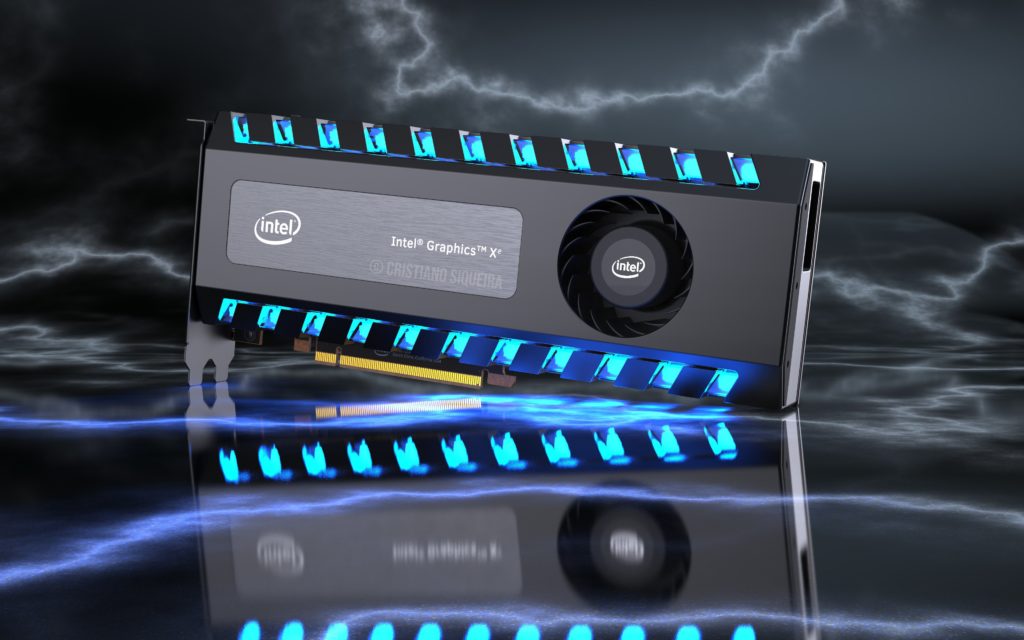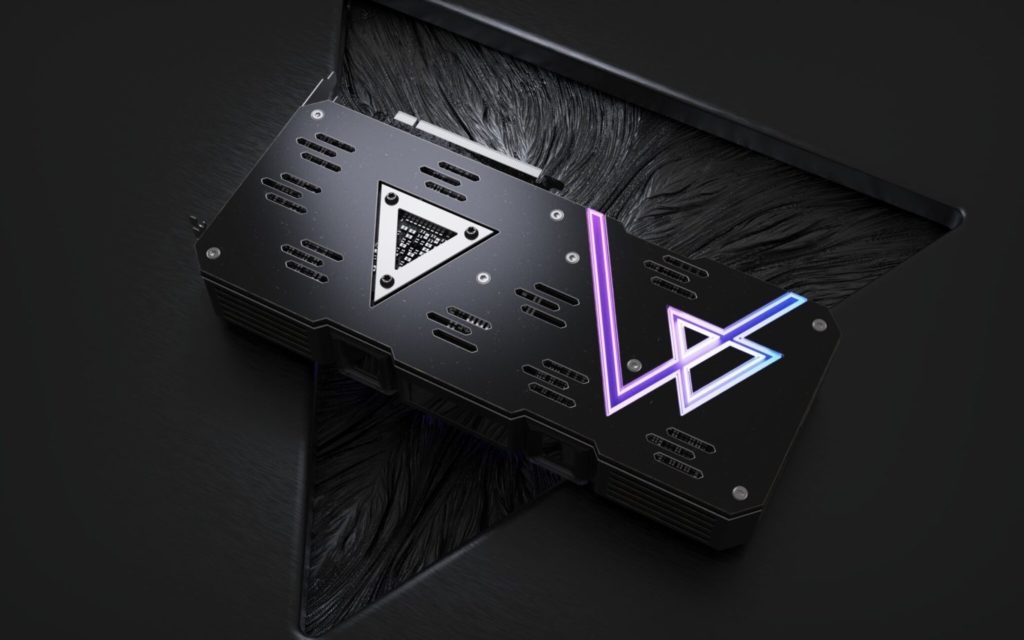Intel will probably launch its first discrete gaming graphics cards based on next-generation Xe HPG GPUs as early as next year. Unlike the Xe-LP and Xe-HP GPUs, which are manufactured in the company’s own 10nm SuperFin process, the Xe-HPG GPUs are to be produced in an external foundry, with TSMC being the most likely and promising candidate. Reports from Taiwanese circles seem to indicate that TSMC is very confident of winning the orders for Intel’s Xe-HPG GPUs.
As reported by IThome (via @harukaze5719), Intel’s Xe-HPG GPUs will be manufactured in TSMC’s factories using its advanced manufacturing technologies. Taiwan-based sources also claim that Intel is likely to use TSMC’s 6nm process node for its gaming GPUs, which will then compete with AMD’s RDNA 2 and NVIDIA’s amp CPUs when they hit the shelves in stores. At least that’s the plan, I guess.
TSMC to take Intel's GPU foundry order next year with 6nm process
台媒:台积电将以 6nm 制程拿下英特尔明年 GPU 代工订单https://t.co/EW4NgJE9YH
— 포시포시 (@harukaze5719) August 17, 2020
TSMC’s 6nm process node was already introduced last year in the company’s current roadmap, is code-named “N6” and will use an advanced version of EUV lithography technology. It offers 18% higher logic density than TSMC’s 7nm (N7) process and is compatible with the 7nm design, which is said to reduce the time to market for consumer products.
The gaming GPUs of the Xe-HPG class are also to be developed, analogous to AMDs or NVIDIA’s reference designs, use a kind of standard chassis design that should be relatively easy to produce, while professional products use a mix of special chassis technologies such as EMIB, CO-EMIB and FOVEROS, which Intel has developed over the years. Unfortunately, much more is not yet known in this regard.
Intel’s gaming graphics cards rely on the Xe-HPG GPU, with this particular GPU representing another category within the Xe microarchitecture family. It thus positions itself between Xe-LP and Xe-HP and is primarily aimed at the pure gaming audience. It is expected that the Xe-HPG GPU will use a single tile containing 512 EUs, which could provide up to 4096 cores on the flagship chip.
I already reported on Ponte Vecchio and it looks like Intel has also jumped on the MCM train (multi-chip modules), where each chip consists of one or more Xe GPU tiles that can be connected together to create a true monster of a GPU. It is quite possible that AMD will also rely on MCM in the generation after RDNA2 to bypass the bottleneck of the monolithic giant chips.
According to Intel, the whole thing could easily be added up in combination of several tiles or so that a quad GPU with 4 tiles could ultimately have a massive 2048 EUs, which in turn could contain up to 16384 cores in total, delivering impressive performance with up to 42.3 TFLOPs. The 400 to 500 watts of power consumption calculated for this are rather insignificant.
Interesting for gaming is the announcement that the graphics cards equipped with the Xe-HPG GPU will be equipped with hardware accelerated ray tracing and GDDR6 memory to guarantee a suitable price/performance ratio, while the Xe-HP line, which is aimed at the data center market, will probably opt for HBM memory. Intel recently presented the first demo of their Xe-LP GPUs in the upcoming Tiger Lake CPUs, which could prove to be a big leap in integrated graphics for Intel, if you trust the demonstration. So it’s going to be exciting.

































Kommentieren